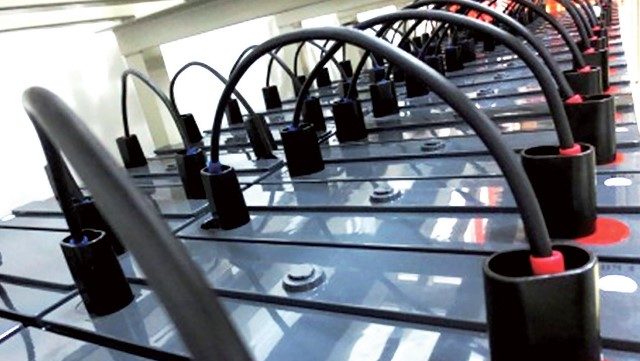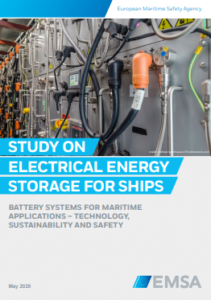The European Maritime Safety Agency along with DNV GL issued a study concerning the use of electrical storage systems, while provided an overview of technology and feasibility of battery systems in maritime applications.
According to the report, there were reviewed and evaluated different kind of batteries, with the most interesting one to be solid state, preferably combined with metal air.
This combination improves specific energy, energy density and safety features. When these technologies have matured, vessels will be able to sail longer distances all electric, while the risk for thermal runaway is also reduced. However, conductivity and lifetime issues need to be solved before the technology can be utilized.
…the report noted.
What is more, they are expected the above key points concerning battery technology development up to 2050:
- Increasing availability of technologies to adopt solid-state electrolyte, supported by materials technology advances, mitigation of material structure associated problems and increasing availability of suitable materials needed for technology feasible production/deployment.
- Metal-air technology as a key vector for development, with significant energy density potential, up to 20/30 times higher than current state-of-the-art lithium-ion technology.
- Battery management systems development expected to incorporate predictive failure assessment, charging/discharging and state-of-charge monitoring based on machine learning principles.
- Life-cycle cost reduction of batteries to be improved.
Explore more herebelow



























































